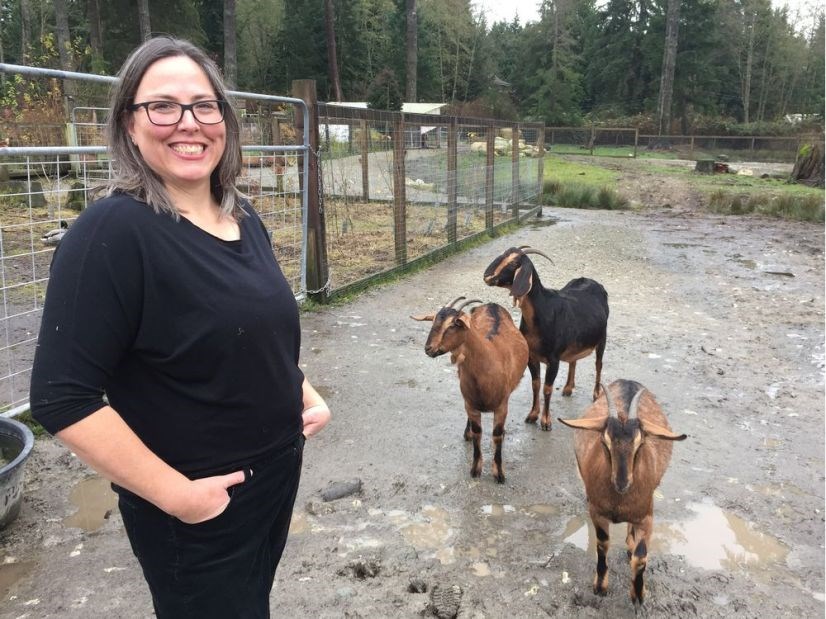VANCOUVER ŌĆö The sa╣·╝╩┤½├Į Ministry of Agriculture has withdrawn, at least temporarily, a plan to use satellites to detect violations of the regulations governing the Agricultural Land Reserve.
MDA Systems was to provide radar satellite surveillance over parts of the ALR to detect road-building, commercial vehicle storage and non-compliant buildings on farms, according to a government notice.
MDA and its parent company operate multiple satellites capable of space-based investigation of sa╣·╝╩┤½├Į farmers.
But the $70,000 contract was abruptly withdrawn after farmers complained the government was ŌĆ£effectively spying on both citizens and private land on a daily basis,ŌĆØ in a formal objection to the Agricultural Land Commission.
ŌĆ£IŌĆÖve asked the ministry to pull back a recent Notice of Intent about using satellite imaging to complement the work of the Agricultural Land Commission,ŌĆØ Agriculture Minister Lana Popham said Monday.
But she also signalled that the project is not dead.
ŌĆ£There is more work to be done before moving forward on such a project, including hearing from people with concerns,ŌĆØ she said.
The targets of surveillance must be kept secret and farmers unaware for the project to provide valid data, according to the notice of intent. ŌĆ£Due to the limited nature of the area being imaged, it is possible that the land owners may behave differently if they are aware they are being monitored,ŌĆØ it reads.
sa╣·╝╩┤½├Į farmers on a 3,200-member Facebook group were outraged by the surveillance plan and bombarded the provincial government and the Commission with letters.
ŌĆ£It appears that our letter writing campaign had an impact,ŌĆØ said Raquel Kolof, president of the Sunshine Coast FarmersŌĆÖ Institute, who co-wrote the formal objection with the Alberni FarmersŌĆÖ Institute.
ŌĆ£We were assured at engagement sessions with the ministry and the ALC that enforcement was complaint-driven and that no one was using surveillance, then we find out about this surveillance contract,ŌĆØ she said. ŌĆ£ItŌĆÖs quite frightening and there is no indication that safeguards were in place to protect peopleŌĆÖs privacy.ŌĆØ
Farmers have been locked in conflict with the ministry since the passage of two bills meant to strengthen protections for farmland against speculation and residential uses. ŌĆ£All of us agree that we donŌĆÖt want to see mega-mansions on farmland and that could have been resolved with local bylaws,ŌĆØ she said.
But new restrictions on second residences prevent farmers from providing a home to adult children taking over the business unless the retiring farmers move off the property, she said.
Tighter restrictions on non-farm uses inside the ALR have made it more difficult for farmers to to earn a living, said Kolof, who works part time in addition to raising heritage hogs, goats and chickens.
Some farmers were reluctant to give their names, because they have non-compliant structures or revenue suites.
ŌĆ£The governmentŌĆÖs focus on assuring that ALR land is used for farming is laudable,ŌĆØ said Kent Mullinix, director of the Institute for Sustainable Food Systems at Kwantlen Polytechnic University. ŌĆ£The ALC and the ALR have been strengthened, but not sufficiently.ŌĆØ
Mullinix supports the ŌĆ£decommodificationŌĆØ of farmland as a way back to agricultural viability, meaning the price of ALR land needs to drop into alignment with its potential to create farm income.



